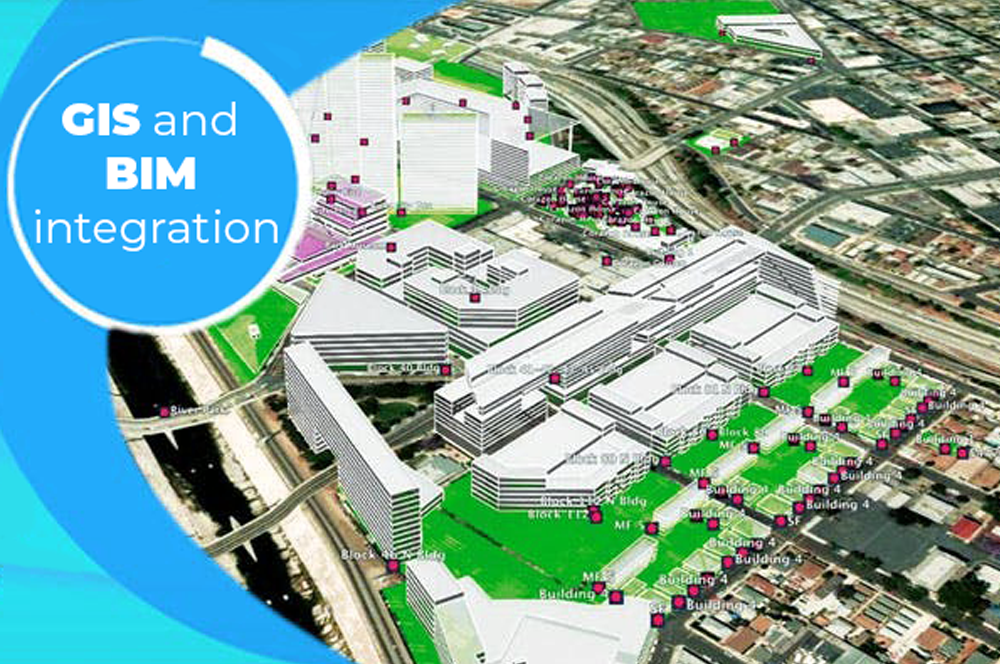
The construction industry is taking giant leaps towards going digital. Building Information Modeling or BIM is becoming an important tool for digital construction. In the lifecycle of a construction project, BIM brings in many benefits. It allows more intelligent use of resources, optimization of workflows and enables all interested parties to assess the same information at the same time through the interoperability between different technological platforms. It leads to better outcomes through more effective communication and collaboration. BIM enables stakeholders to coordinate better and take more informed decisions.
Since everything happens somewhere, by integrating location and geospatial context in the operations, every industry today is rapidly scaling new heights. How can the construction industry stay behind?
Geographic information is an important component of the entire decision-making process in construction and nothing else than a GIS can enable everyone involved to become spatially aware most effectively. Using GIS enables people from different segments of the construction lifecycle to share a common picture of the project, provided by the GIS-generated maps. GIS extends the value of digital BIM through visualization. Integration of BIM and GIS with time information, allows project participants to better understand the impacts of decisions before, during and after the construction of a project.
GIS is widely used for integrating, visualizing and analyzing information about real-world assets, such as buildings and transportation infrastructure, with surrounding context that may include environmental, demographic, structural, and scientific information. This kind of integration offers a perfect way to capitalize on BIM data. By bringing in the concepts of georeferencing and geodesign in BIM, the construction industry is preparing most effectively for the designs of the future. For example, GIS can provide insight about flood-prone areas and give designers accurate information to influence a structure’s location, orientation, and even construction materials.
As BIM matures, GIS capabilities also need to mature to better adapt and handle BIM 3D content, visualizations, and analysis. As you can explore at the sessions at the Geospatial World Forum 2019, the integration of BIM and GIS brings more efficiency to the entire lifecycle of a construction project. The benefits of this integration are so large that geospatial leaders like Esri and Autodesk are working on improved software interoperability for BIM and GIS, which will create a “digital twin” of a physical structure to enable better design in the context of the real world, making both construction and operations more efficient.
If you have any queries,please do not hesitate to contact us: hello@stravatechnologies.in